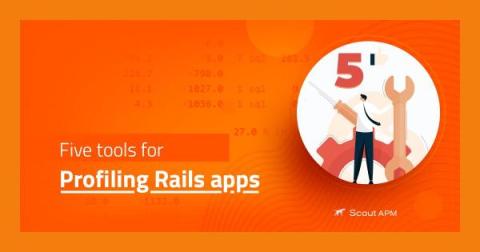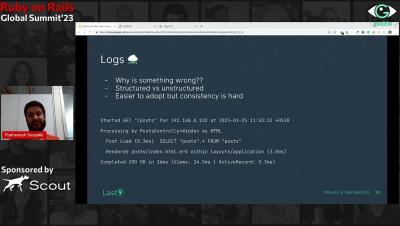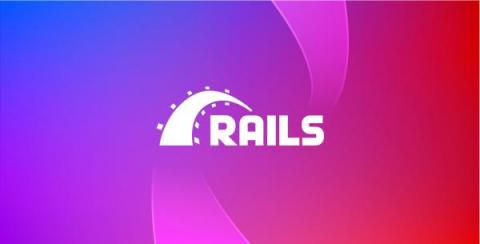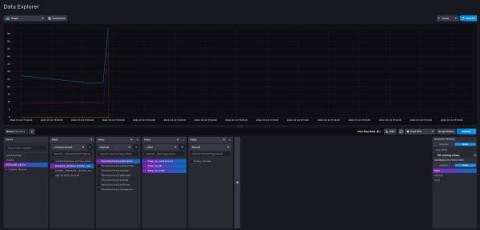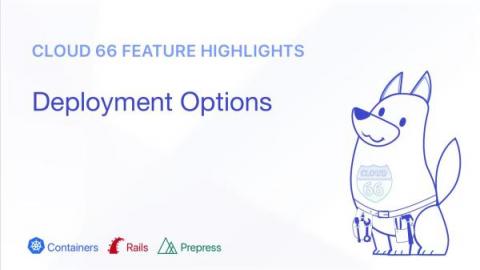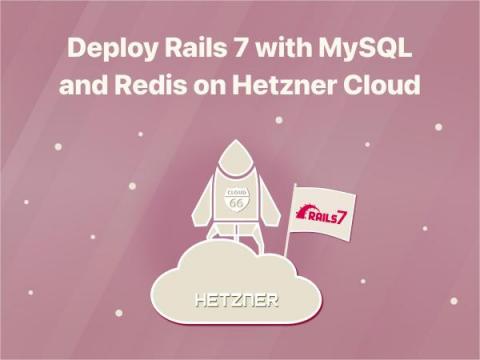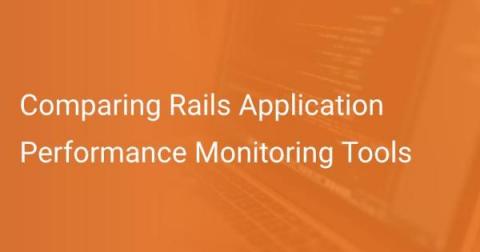Five Tools for Profiling Rails Apps
A Rails profiler is a tool used to analyze the performance of your Ruby on Rails application. It helps identify bottlenecks, memory leaks, and other performance issues, allowing you to optimize your code and improve overall web application speed. Profilers are essential in ensuring your web application runs smoothly and delivers a better user experience.


